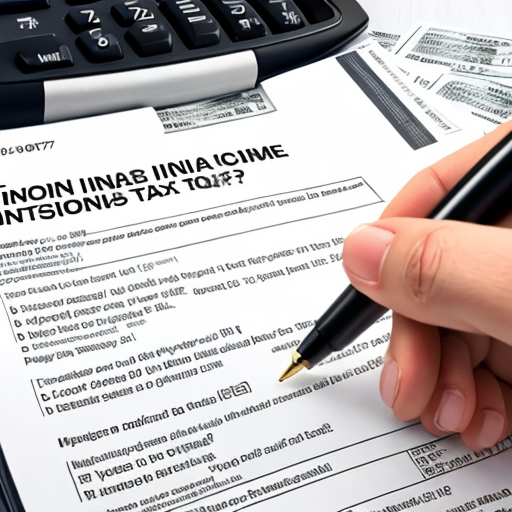27. February 2024
How much income tax and National Insurance do I have to pay?

How much income tax and National Insurance do I have to pay?
There is speculation that the government might cut income tax or National Insurance in the spring Budget. NI contributions have already fallen for millions of employees, with a reduction for self-employed workers due to take effect in April. But changes to the way tax is calculated mean that the amount of tax people pay overall is at record levels. The tax-free personal allowance - the amount you can earn every year before you have to pay income tax - has been frozen at £12,570 until 2028.
Higher-rate tax will continue to kick in for earnings above £50,270. A further 1% cut to the main NI rate would cost £4. 5bn per year. The OBR expects the government to raise £25.
5bn more a year by 2027-28. NI on income and profits above £50,270 remains at 2%. NI rates apply across the UK. It is not paid by people over state pension age, even if they are working.
The government says the two measures will be worth £350 a year for a self-employed person earning £28,200. From the same date, they will no longer pay a separate categories of NI called Class 2 contributions. Income tax is paid on earnings from employment and profits from self-employment during the tax year, which runs from 6 April to 5 April. Income tax is paid on all earnings above £125,140 a year in England, Wales and Northern Ireland.
For the poorest fifth of households, VAT is the biggest single tax paid. France, Italy and Germany tax more; Canada, Japan and the US less. The UK is not that highly taxed in comparison with other countries. At the time of the 2023 Autumn Statement, the OBR said taxes would rise each of the next five years to a post-war high of 38% of GDP".
However, it is by its own track record that this has not happened.